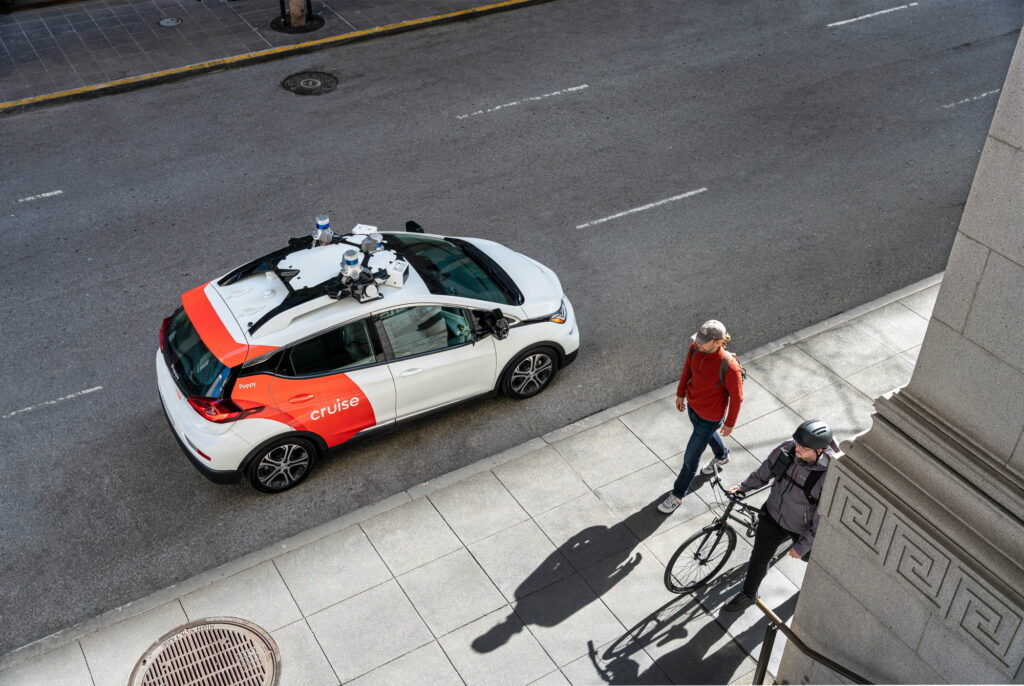Kyle Vogt, the CEO of Cruise LLC., has addressed the reasons behind the recall that came in the wake of one of the company’s autonomous test vehicles running into the back of a San Francisco city bus.
In a blog post, Vogt said that the company does not expect its “vehicles to run into the back of a city bus under any conditions, so even a single incident like this was worthy of immediate and careful study.”
Although the collision happened at just 10 mph (16 km/h) and resulted in no injuries, Vogt said that the decision to issue a recall was voluntary. He further added that within one hour of the March 23 accident occurring, the company had set up an investigation team.
Vogt described the incident as a “fender bender,” but said that it was still worthy of careful investigation, because of the seemingly unexceptional circumstances leading up to it. According to Cruise’s own data, its autonomous vehicles have driven past the kind of articulated buses that were involved in the accident more than a million times before.
Read: GM’s Cruise Recalls Autonomous Vehicles Following Crash Into Articulated Bus

Cruise’s investigation also determined that the “bus’s behavior was reasonable and predictable.” However, as it said at the time of the accident, the bus’s actions were predictable to everyone except the vehicle that crashed into it. As was reported at the time, the autonomous vehicle lost sight of the front of the articulated bus as it was coming to a stop.
“This caused an error where the AV reacted based on the predicted actions of the front end of the bus (which it could no longer see), rather than the actual actions of the rear section of the bus. That is why the AV was slow to brake,” Vogt wrote.
However, the CEO added that there was a perfect storm of conditions that led to the rare accident. The incident occurred at just the right time, at just the right speed, and at just the right position for the vehicle to become confused.
“Although we determined that the issue was rare, we felt the performance of this version of software in this situation was not good enough,” wrote Vogt. “We took the proactive step of notifying NHTSA that we would be filing a voluntary recall of previous versions of our software that were impacted by the issue.”
In just two days, Cruise, which is owned by GM, was able to roll out a software update to prevent its autonomous vehicles from becoming confused by this issue again. Vogt argued that the company’s quick response is actually one of the advantages of automation.
“We believe this is one of the great benefits of autonomous vehicles compared to human drivers; our entire fleet of AVs is able to rapidly improve, and we are able to carefully monitor that progress over time,” he wrote.
What do you think? Are continuous improvements like these proof that autonomous vehicles are the future, or a sign of a fundamental flaw?




